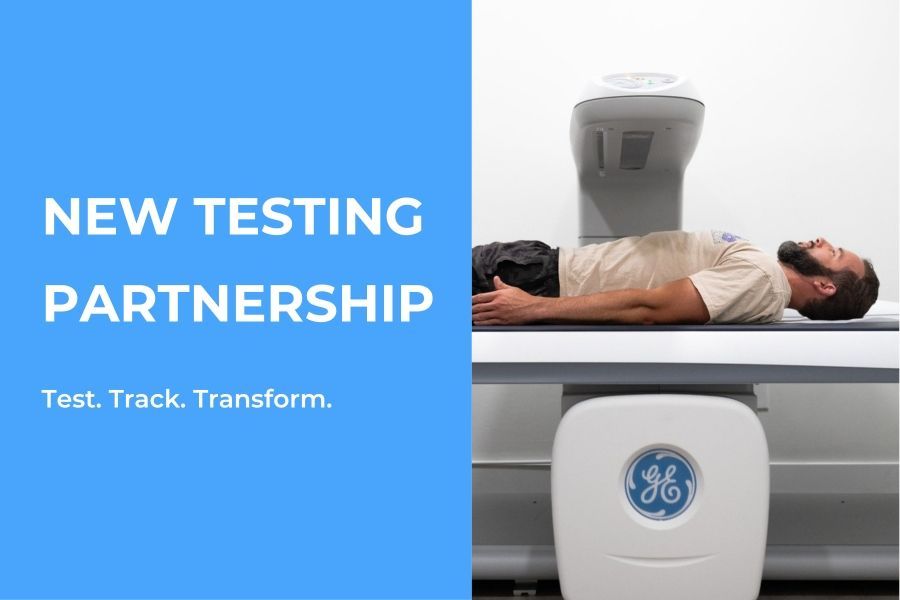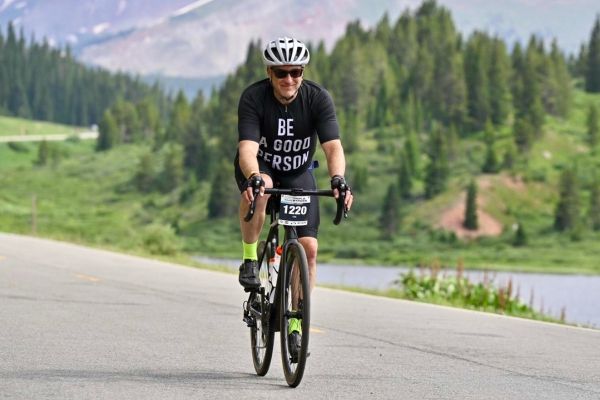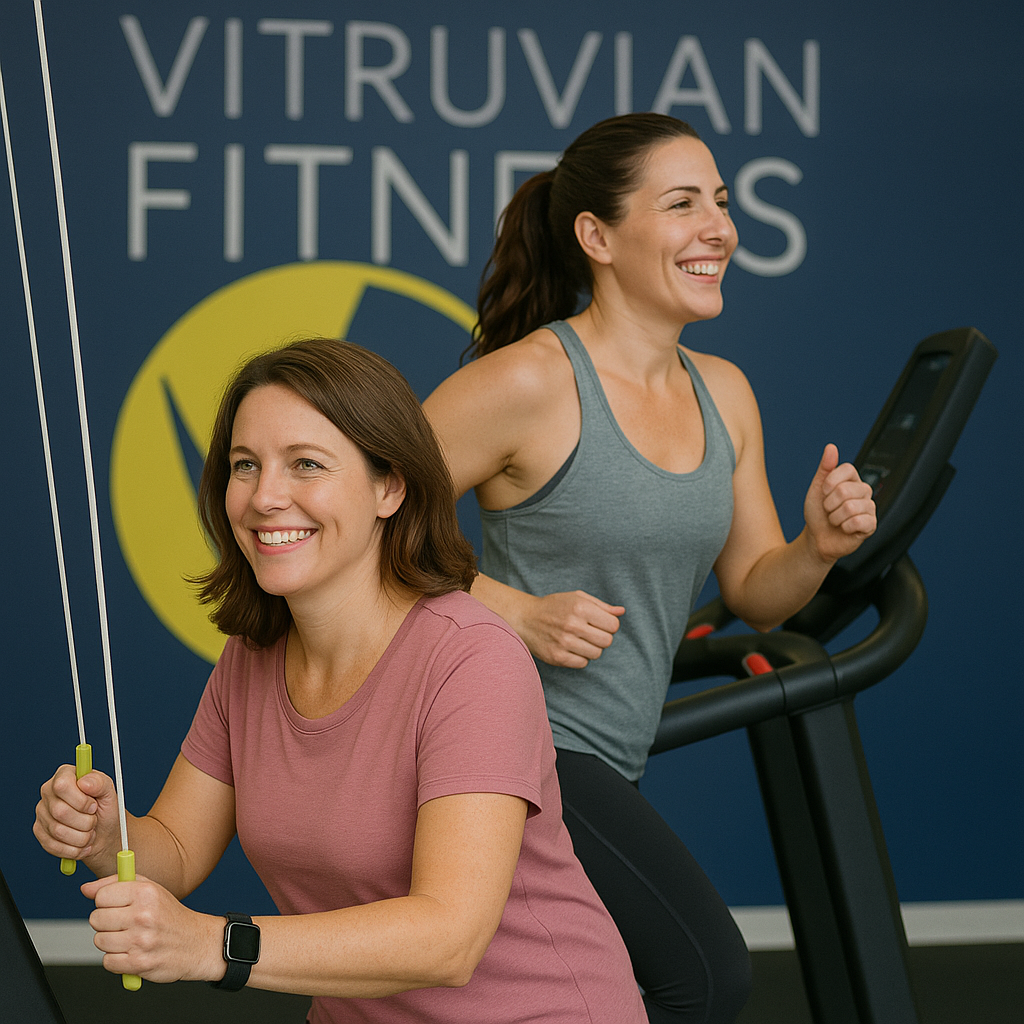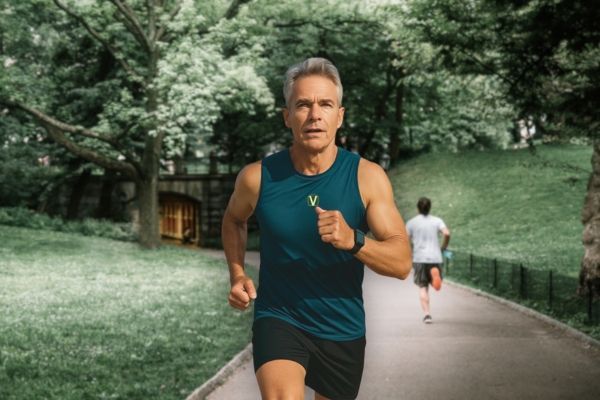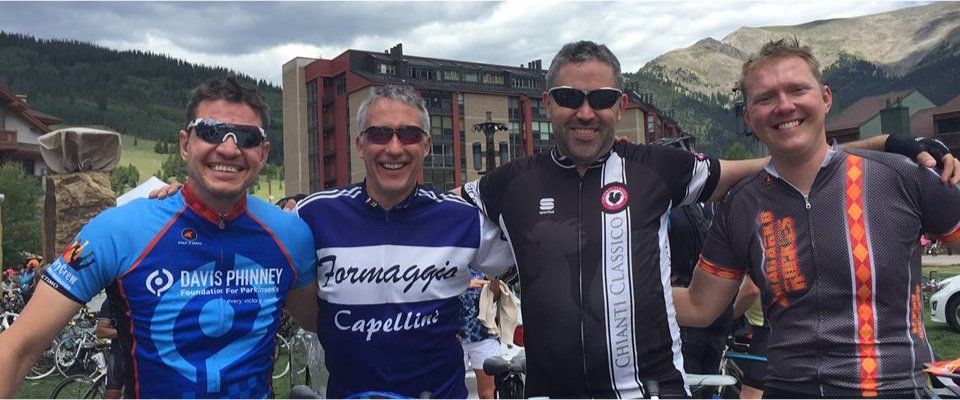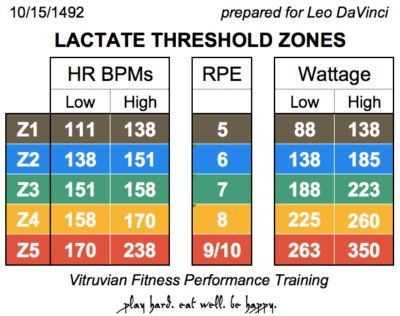Cycling Training Zones
Cycling Classes in Wheat Ridge, CO
Are you looking for a detailed listing of cycling classes offered in our Wheat Ridge fitness studio? If so, click here to learn more about this and other class offerings at Vitruvian Fitness!
About Lactate Threshold Heart Rate Training Zones
When you exercise at different intensities, expect different things to be going on in your body. It seems obvious but sometimes the terminology is confusing. And when you’re working hard, perhaps the last thing you’re interested in is a scientific explanation of why your legs, heart, and lungs feel like they’re going to explode. Right? Cycling Training Zones make it simple.
The first thing to understand is that heart rate training zones are just a measure of how hard (or not) you’re working. They are not a measure of your performance or speed. Further, the heart rate in one person’s Zone 2 can’t be compared to another’s heart rate in Zone 2 without knowing how fast you’re going or how much power is being generated in that zone.
To take it one step further, 2 bike riders could be right in the middle of their respective Zone 2. One is going 12 miles per hour while the other is going 16 miles per hour. They are both working equally hard but one rider is in better cycling shape and therefore more efficient and more powerful.
So, let’s break it down. All of this is adapted from the research and training of Dr. Andrew Coggan, PhD.
At Vitruvian Fitness, we choose to use heart rate to coach our cycling sessions. Watts are arguably a better way to measure intensity and output but power meters are less accessible to the general public due to their cost.
We’ll list the Training Zones, their name, what it feels like on the Rating of Perceived Exertion Scale of 1-10, and how long you would be able to last at a sustained effort at that intensity.
Zone 1 – Active Recovery – RPE 5 – All Day
Zone 1 is an easy “all day” pace with nowhere to go. Easy spinning or very low level exercise. Too low to induce physiological adaptations. Minimal sensation of leg effort/fatigue. Requires no concentration to maintain pace, and continuous conversation possible. Typically used for active recovery after strenuous training days (or races), between interval efforts, or for socializing.
Zone 2 – Endurance – RPE 6 – 2-3 Hours +
Zone 2 is an “all day” pace but with a purpose and a destination. Also known as long slow distance (LSD) training. Sensation of leg effort/fatigue generally low. Concentration generally required to maintain effort only at highest end of range and/or during longer training sessions. Breathing is slightly elevated compared to that in Zone 1, but continuous conversation still possible.
Zone 3 – Tempo – RPE 7 – 1.5 Hours
Zone 3 is the typical intensity of brisk riding/training. It’s like you’ve got places to go, people to see, and you’re in a bit of a hurry to get there. Greater sensation of leg effort/fatigue than at level 2. Requires concentration to maintain, especially at upper end of range. Breathing deeper than level 2. Conversation still possible but somewhat halting.
Zone 4 – Lactate Threshold – RPE 8 – 45 min to 1 hour max
Zone 4 is the pace you could sustain for almost an hour but not 1 minute longer. Leg effort/fatigue gradually increasing from low to significant the longer the pace is maintained and becoming unsustainable in the last minutes of the effort. Continuous conversation is difficult at best, due to depth/frequency of breathing. Mentally taxing effort increasing with the duration of effort. Zone 4 efforts are typically performed in training as multiple ‘repeats’, ‘modules’, or ‘blocks’ of 10-30 min duration.
Zone 5 – VO2 Max – RPE 9 – 10-15 minutes max
Zone 5 is the typical intensity of long intervals intended to increase VO2max. Strong to severe sensations of leg effort/fatigue, such that completion of more than 30-40 min in total training time (with breaks) is difficult at best. Conversation not possible due to often ‘ragged’ breathing. Should generally be attempted only when adequately recovered from prior training – consecutive days of zone 5 work not necessarily desirable even if possible. Note: At this level, the heart rate may not reflect the intensity of this effort by the time the interval is over due to slowness of heart rate response.
Zone 5+ – Neuromuscular Power – RPE 10 – 10 seconds – 3 minutes max
Zone 5+ combines the training zones sometimes referred to as Zone 6 and 7 or Zone 5b and c. This range of intensity is at the highest end of physical limits. High intensity intervals of between 10 seconds and 3 minutes – designed to increase anaerobic capacity.
Measuring intensity using heart rate is generally not useful due to slowness of heart rate response. In other words, you will be physically unable to continue a 5+ effort before your heart rate actually registers the intensity. Severe sensation of leg effort/fatigue, and conversation impossible.
Very short, very high intensity efforts (e.g., jumps, standing starts, short sprints) that generally place greater stress on musculoskeletal rather than metabolic systems. Power useful as guide, but only in reference to prior similar efforts.
Cycling Classes in Wheat Ridge, Colorado
Would you like to learn more about our cycling classes in Wheat Ridge, Colorado? If so, get in touch today, and we would be happy to discuss all of the details with you!
You might also enjoy these posts . . .
